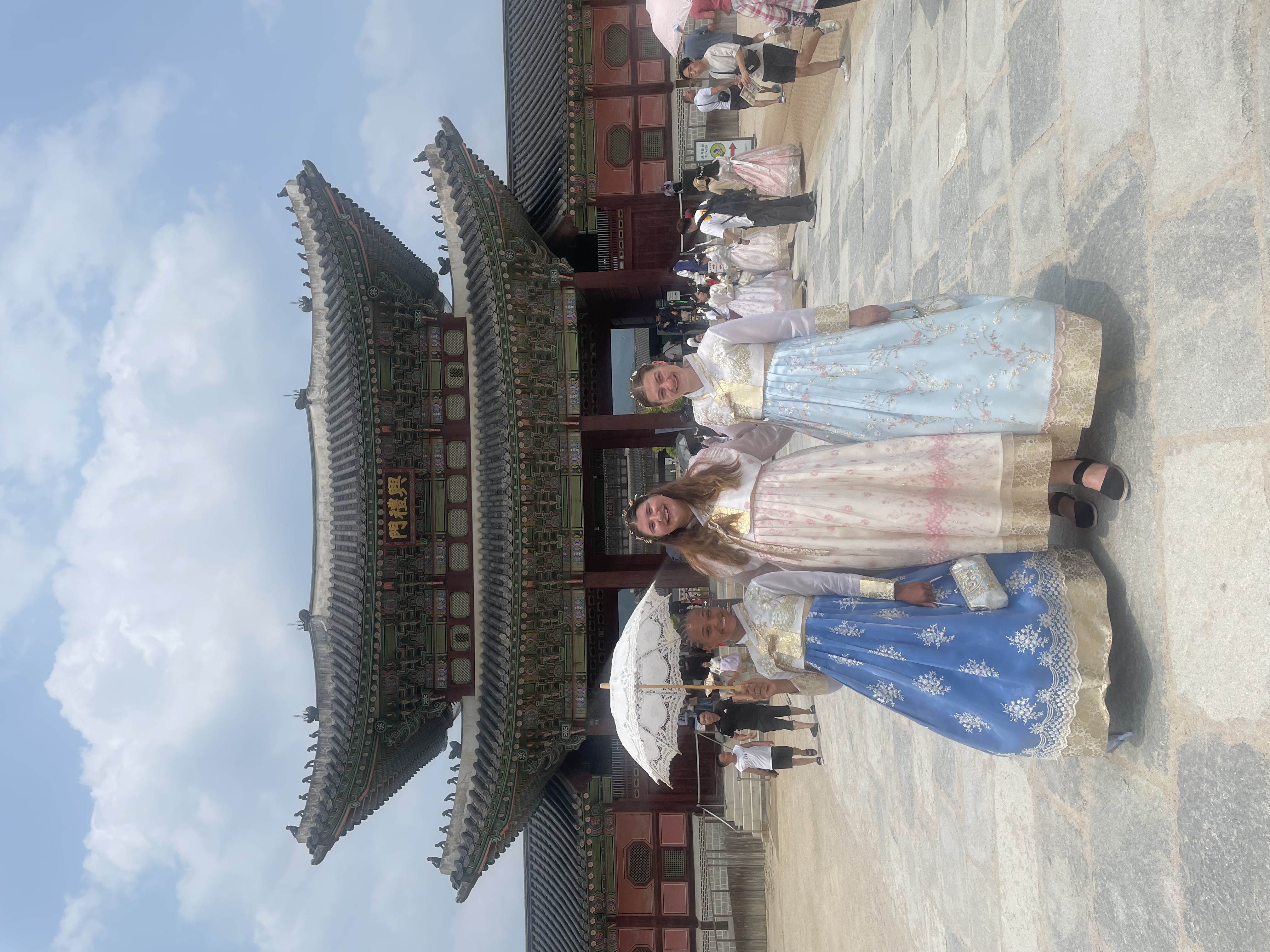Migrants, Dancers, and Veterans
The other day, all the Zhicheng interns met with a lawyer here who specializes in workplace lawsuits. It was an interesting meeting, but it was harder for Sarah and me to understand due to translation difficulties. We learned of the choices Chinese lawyers make when bringing suit against an employer of an injured or deceased worker. If a worker dies on the job, money awarded in a civil case brought through labor law violations can sometimes mean less money is awarded, such as 1 million renminbi ($140,000), than if the suit is brought through a personal injury claim, which would instead bring around 1.7 million renminbi ($238,000). But if a worker is injured, he is more likely to be awarded more money by bringing a workplace injury suit through labor law than through personal injury law.
We also learned that until 2015, each workplace injury case in China had to submit proof of an employer-employee relationship to a labor committee’s arbitration court and of their ruling before the case could be filed in court. Now, the case must only first move through the arbitration court if it is a trickier case—for example, when a company is loaning employees to another company or if it is an “informal” employment. Chinese courts often see work relationships between an employer and employee as informal if the worker is over the age of retirement (60 years old for men, often 50 years old for women).
 Through articles I have been reading, I have been surprised by certain parts of the migrant work culture here in China and the governmental regulations surrounding it. For example, a third of children here have a mostly single-parent or zero-parent household because parents will commute hours to work in cities or larger towns than where they live. As it is extremely difficult to be awarded urban residency (unless beginning higher education in that city), many parents leave their children with their own parents for up to years at a time to work where there are jobs in an attempt to make and save money. Even workers who were born or grew up in the city may be classified as “rural migrant workers” because of the immutability of the Chinese household registration system. After 2020, many larger cities followed in the footsteps of smaller cities and began relaxing their requirements; still, these changes to urban residency policies overall benefit college graduates and other preferred population categories. And though need for construction, manufacturing, and other blue collar workers has been declining for years now, the amount of workers residing in large cities has hardly changed. In 2017 and 2018, around a couple thousand migrant workers in the suburbs of Beijing were evicted. It has been fascinating to learn about this situation, and it fascinates me even more that allegedly, the National Bureau of Statistics in China has stopped publishing statistics of migrant workers in economic regions as of 2022.
Through articles I have been reading, I have been surprised by certain parts of the migrant work culture here in China and the governmental regulations surrounding it. For example, a third of children here have a mostly single-parent or zero-parent household because parents will commute hours to work in cities or larger towns than where they live. As it is extremely difficult to be awarded urban residency (unless beginning higher education in that city), many parents leave their children with their own parents for up to years at a time to work where there are jobs in an attempt to make and save money. Even workers who were born or grew up in the city may be classified as “rural migrant workers” because of the immutability of the Chinese household registration system. After 2020, many larger cities followed in the footsteps of smaller cities and began relaxing their requirements; still, these changes to urban residency policies overall benefit college graduates and other preferred population categories. And though need for construction, manufacturing, and other blue collar workers has been declining for years now, the amount of workers residing in large cities has hardly changed. In 2017 and 2018, around a couple thousand migrant workers in the suburbs of Beijing were evicted. It has been fascinating to learn about this situation, and it fascinates me even more that allegedly, the National Bureau of Statistics in China has stopped publishing statistics of migrant workers in economic regions as of 2022.
It makes me very proud to be working in an organization that provides free legal aid to these men and women who are caught between a rock and a hard place when they are injured in an often “informal” job that pays very badly, in a city where they are alone, with no idea how to obtain legal counsel.
This weekend, Sarah and I met another W&M Law classmate, Mecca, in Seoul. Though we only had a couple days in this vibrant city, it was wonderful to experience an urban area outside of China again. We witnessed the difference in the interactions of people we met, tasted new foods, and participated in some activities we would not have the opportunity to do in Beijing. Along with dozens of others walking around the area of the Gyeongbokgung Palace, the three of us rented and wore hanboks, the traditional dresses of Korean nobility. Admission was free into the palace grounds if you did so, and we were more than willing! The palace grounds were beautiful, and we continued meandering afterward in a food market, where we tried Korean foods and desserts until we were stuffed.
The two evenings we were there, I giddily abandoned my classmates (who did regular things young people do in large cities—a bar crawl, grabbing dinner, going shopping) to go swing dancing for hours. The Koreans are famously incredible swing dancers, and now I can affirm that statement through my own experience. It was magical to dance song after song with so many talented and hardworking dancers—and I must admit I felt much more welcome at the social dances in Seoul than I have in the dozen I have attended in Beijing, despite the increased language barrier in Korea.
 Sarah and I also visited the War Memorial of Korea, which contained very touching memorials for those killed in the Korean War and a large museum containing information about the country’s many occupations by a myriad of different forces (including the Mongols, the Chinese, the Japanese, the Europeans, and the North Koreans). What struck me the most was a huge representation of a South Korean brother and North Korean brother embracing on the battlefield upon recognizing each other. Though the statue does not stem from any one story, it reminds me of similar depictions of brothers in American Civil War battles. The onlooker is brought to believe that war and other physical struggles are able to tear families apart, but that there is still an unbreakable thread of love between its members that surpasses outside influences.
Sarah and I also visited the War Memorial of Korea, which contained very touching memorials for those killed in the Korean War and a large museum containing information about the country’s many occupations by a myriad of different forces (including the Mongols, the Chinese, the Japanese, the Europeans, and the North Koreans). What struck me the most was a huge representation of a South Korean brother and North Korean brother embracing on the battlefield upon recognizing each other. Though the statue does not stem from any one story, it reminds me of similar depictions of brothers in American Civil War battles. The onlooker is brought to believe that war and other physical struggles are able to tear families apart, but that there is still an unbreakable thread of love between its members that surpasses outside influences.
Until the next time…